The Mount School’s heritage dates back to 1785, when prominent Quakers, Esther and William Tuke, wished to provide an education for the daughters of Quakers. They were, as we remain today, passionate about providing an education for girls. The Mount has come a long way since the Tuke’s vision in 1785. Our history and heritage shaped the education and provision we offer today.
The York Friends’ Girls’ School
The York Friends’ Girls’ School opened in 1785. Fees were 14 guineas a year for ‘instruction, board and washing’ at its bustling home in Trinity Lane. In 1830, Samuel Tuke, grandson of William and Esther, along with William Alexander, Thomas Blackhouse and Joseph Rowntree turned their attentions to moving and reopening the School.
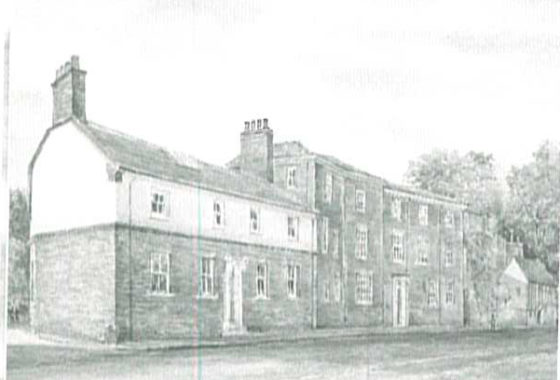
In 1831, at Castlegate House under the superintendent of Hannah Brady the School reopened. Subjects studied included Arithmetic, Latin and English Grammar. In 1836, funding became available to train young women to teach. Girls who trained at the School left equipped with the ability to earn a living and become independent women.
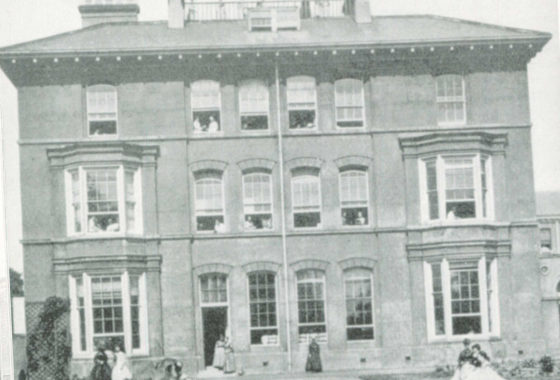
The Move to The Mount
In 1856, led by Rachel Tregelles, the School moved to a large purpose built house with vast gardens, in an area known as The Mount. Thus, The Mount School was created and remains on the same site today. In 1866, Lydia Rous became Superintendent, she was passionate about girls’ education, wanting women to be able to receive the same education as men.
In 1878, Mount girls began to sit examinations that made them eligible for University. Susannah Wells became the first Mount girl to gain a place at university. She later returned as the first woman graduate on The Mount Staff. Today girls from The Mount regularly go on to attend top class universities all around the world.
 Modernising The Mount
Modernising The Mount
In 1879, Superintendent Susan Scott aimed to modernise the School. Music and games were introduced to the curriculum. In 1876, tennis was first played at the School and in 1879 the first choir was started. Today music, performance and sports are such a staple of the School’s curriculum and activities it is hard to imagine a time without them.
The Dawning of the New Century
In 1890, Lucy Harrison became Superintendent. She raised the academic profile of the School, one that is still revered today. In science girls began to undertake their own experiments. The Debating Society was founded and the question of women’s rights was never far from the agenda. Lucy Harrison introduced her lifelong hobby of woodwork to The Mount. In a time of needlecraft, woodwork was deemed an unusual lesson for young women. With women’s rights, still a much-discussed topic at the School and in modern-day culture, it is evident Lucy Harrison was ahead of her times.
In 1902, Winifred Sturge took charge of the School for the next 24 years. The School premises continued to expand with the building of a new wing and the opening of the library in 1903. In the early 1900s The Mount girls played their part in helping to supply the needs of the less privileged young people. They went out to teach games in local schools and taught in Quaker Sunday schools. This sense of thoughtfulness remains a trait of the pupils today, who regularly raise money and volunteer for charities.
Britain at War
On 4 August 1914 Britain went to war. In 1914, Mount girls helped prepare accommodation for Belgian refugees and knitted socks and scarves for soldiers. In 1916, once the Zeppelin raids began the School was regularly thrown into darkness during blackouts – a cause of excitement and terror.
The post-war years saw a growth of non-Quakers attending the School. In 1931, The Mount School marked its centenary, opening a new assembly hall. The role of professional women had been changed dramatically by the war and growing numbers of Mount girls would regularly train for careers in medicine and social work, professions many Mount girls continue to aspire to today.
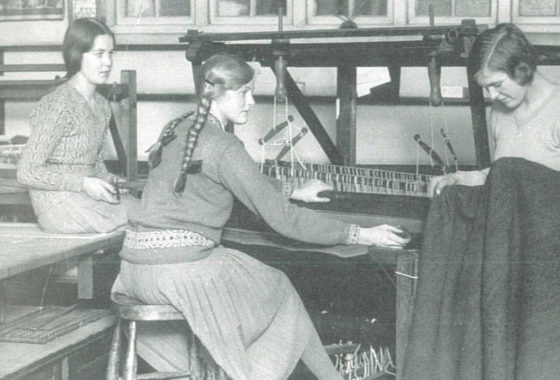
When war broke again, it was decided to evacuate the School to a large house at Cober Hill near Scarborough. The war inevitably had an impact on the School, the girls were not sheltered from the daily news of fighting and many wanted to help. They knitted blankets and made toys for refugees and older girls volunteered as Land Girls. In spite of the war the School continued to look ahead and in 1942 in order to improve science lessons for girls a new laboratory was created.
 The 1950s
The 1950s
In 1954, the science block was built aiming to address the national shortage of female scientists. This philosophy remains today with a thriving STEM programme. The 1950s and the changing world allowed the School to take on a global outlook. Girls from Europe, America, Africa and Asia joined the school. Mount Girls travelled to Grenoble and Geneva to participate in meetings of the United Nations youth events. Today students from many different countries attend the School and School trips regularly take place across the globe.
60s / 70s / 80s
At The Mount School, political awareness was nothing new, but in the 1960s and 1970s new ways of participation were becoming available. The Mount School branch of Amnesty International was founded by Hilary Wainwright. Careers teaching became of great importance for girls. The Mount provided more structured advice and Old Scholars were invited to speak at careers evenings. Medicine, law and dentistry, were all popular and for the first time a girl from The Mount took up an apprenticeship in engineering. Careers advice remains a prominent department providing regular guidance and running careers fairs.
The School continued to develop over the years. In 1965, the swimming pool was opened alongside a new gymnasium. The Music wing was also constructed to facilitate the teaching of music and the staging of concerts. As technology advanced, computers were introduced, in 1983 computer studies appeared on the curriculum. In 1988, a new science area was built significantly enlarging the provision for science and mathematics. At the same time a new art and design area was opened, and design and technology appeared on the curriculum. Art, design, photography, pottery, resistant materials and computer-aided design and technology all had purpose built facilities.
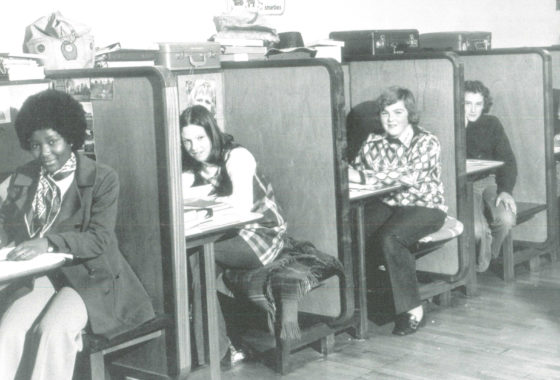
 A New Venture for the 1990s
A New Venture for the 1990s
In 1991, The Mount Junior School opened – then named Tregelles School. With all the facilities of The Mount at its disposal Tregelles provided a fantastic setting for Independent Junior school. Modern languages were introduced to the curriculum and Senior School staff assisted with music, sport and languages. The Junior School continues to thrive today welcoming children aged 3-11 from York and beyond.
During the 1990s pupils were encouraged to achieve and achieve they did! The School produced winners of many national competitions including: The Liverpool University Mathematics Challenge, Leeds Latin Reading Competition, The German Jugendbruck Competition and The Wordsworth Trust’s poetry competition. All these achievements in such a variety of fields were a testimony to the pride and faith that teaching staff had in their pupils; this belief in our pupils remains today, we encourage our pupils to achieve their best in whatever they choose to do.
The New Millennium
Expansion of the School continued into the new millennium, the sports hall was opened in 2001 and in 2007, the College Study Centre opened. The expansion to the School was more than just physical and the curriculum and activities available to the pupils continues to grow. In 2011, the Global Thinking curriculum was devised by Nobel Peace Laureates and the international PeaceJam Foundation was introduced at College. Advances in technology were at the forefront of The Mount education and iPads have become a staple in the classroom for Junior and Senior School pupils.
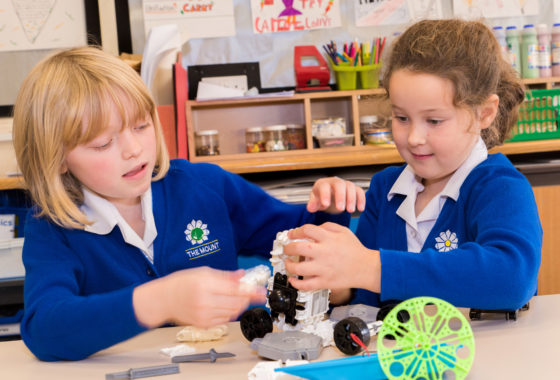
Today
The Mount School has come a long way since 1785 but our vision remains the same, to equip Mount pupils with the skills, ambition and confidence they need to succeed in our changing world. We continue to develop the campus and expand the curriculum, constantly striving to offer an even better educational experience for the pupils of The Mount School York.

 Modernising The Mount
Modernising The Mount The 1950s
The 1950s A New Venture for the 1990s
A New Venture for the 1990s